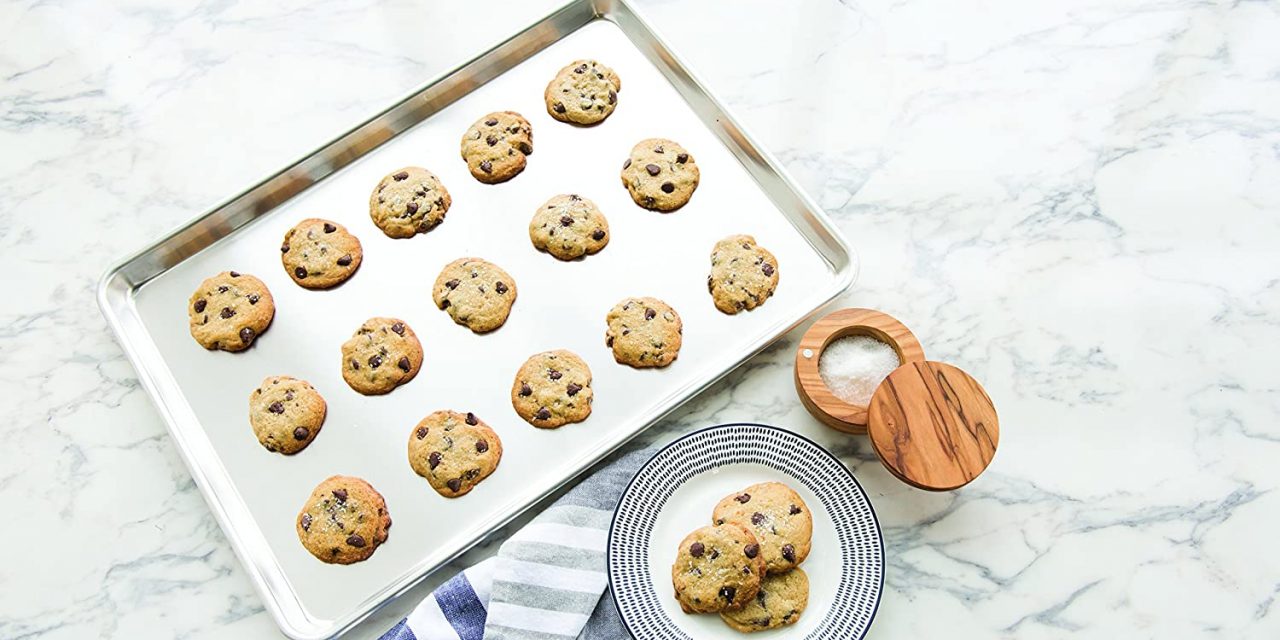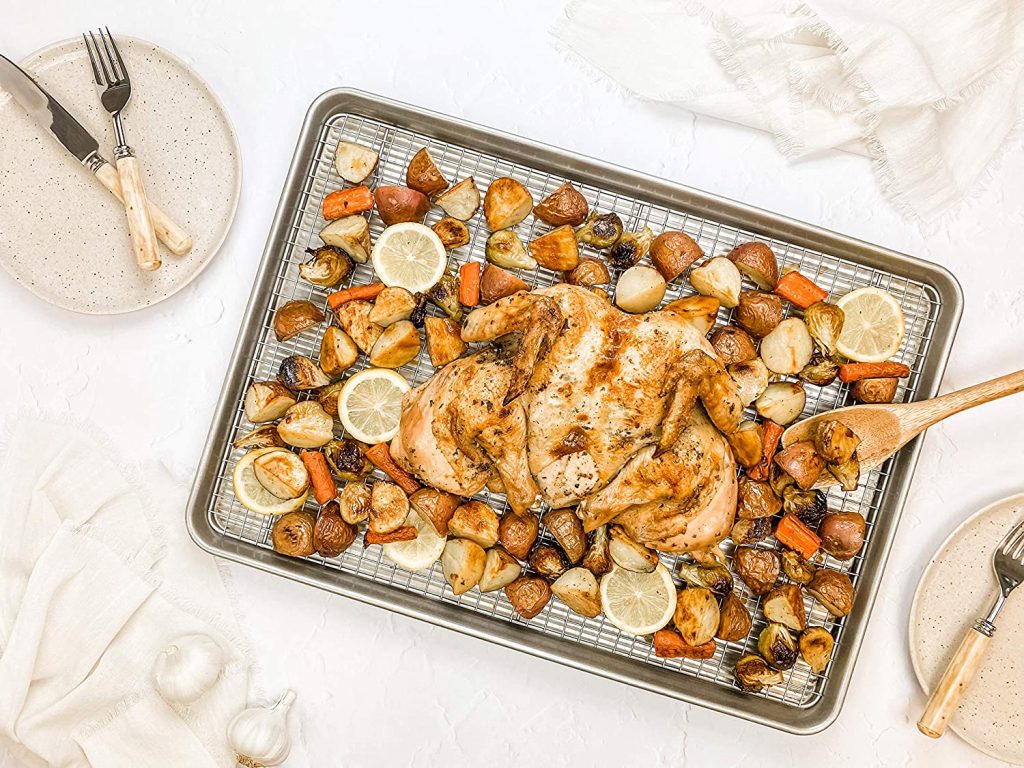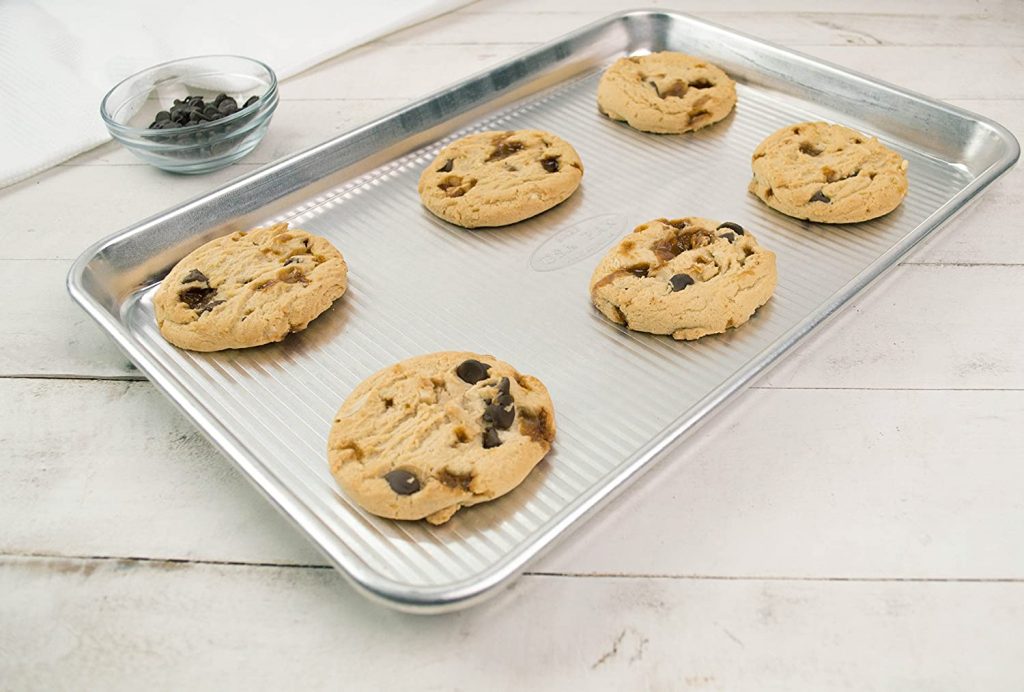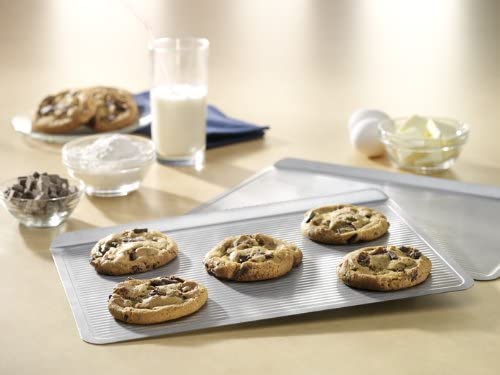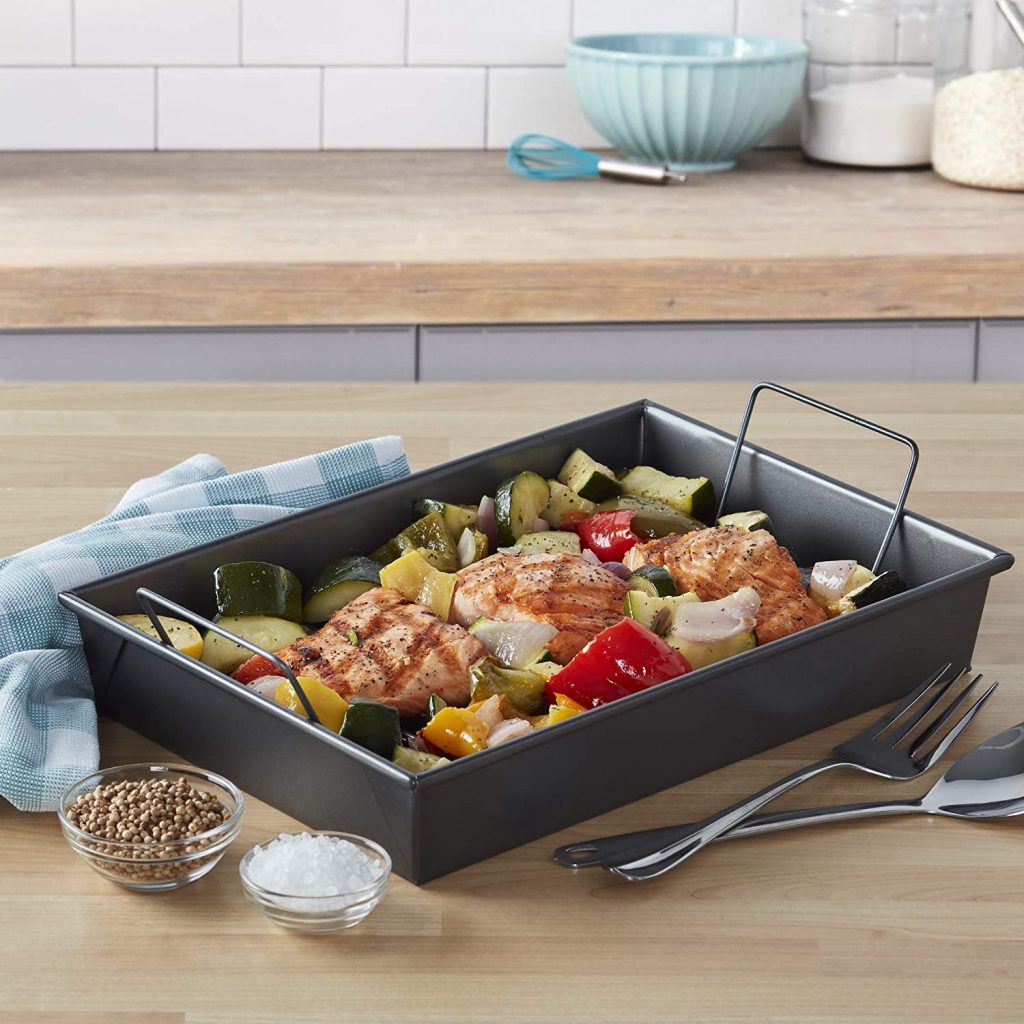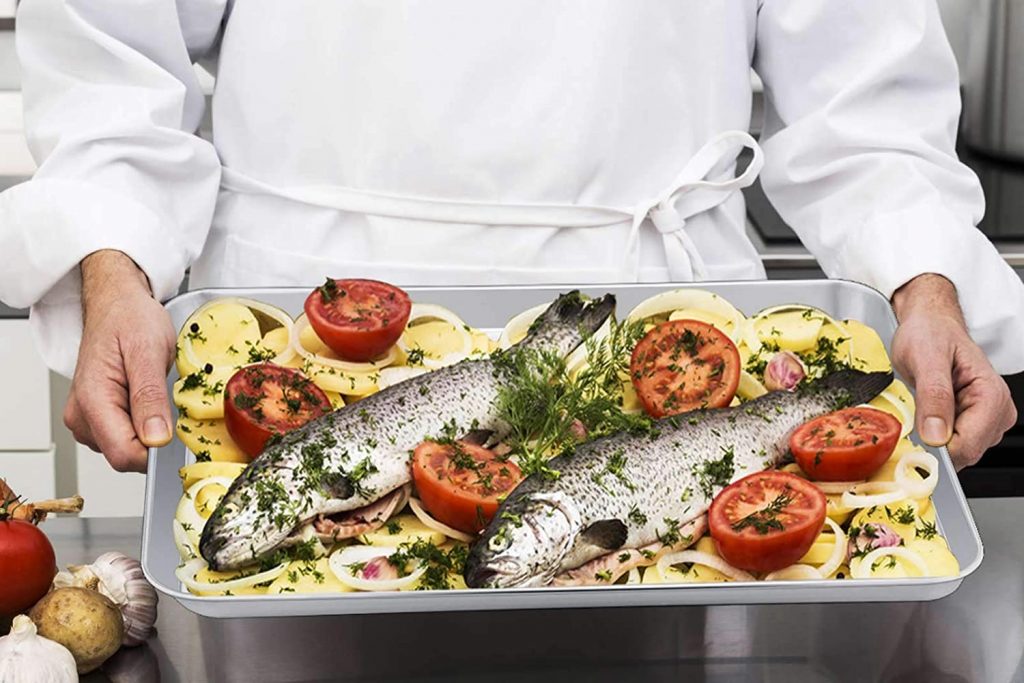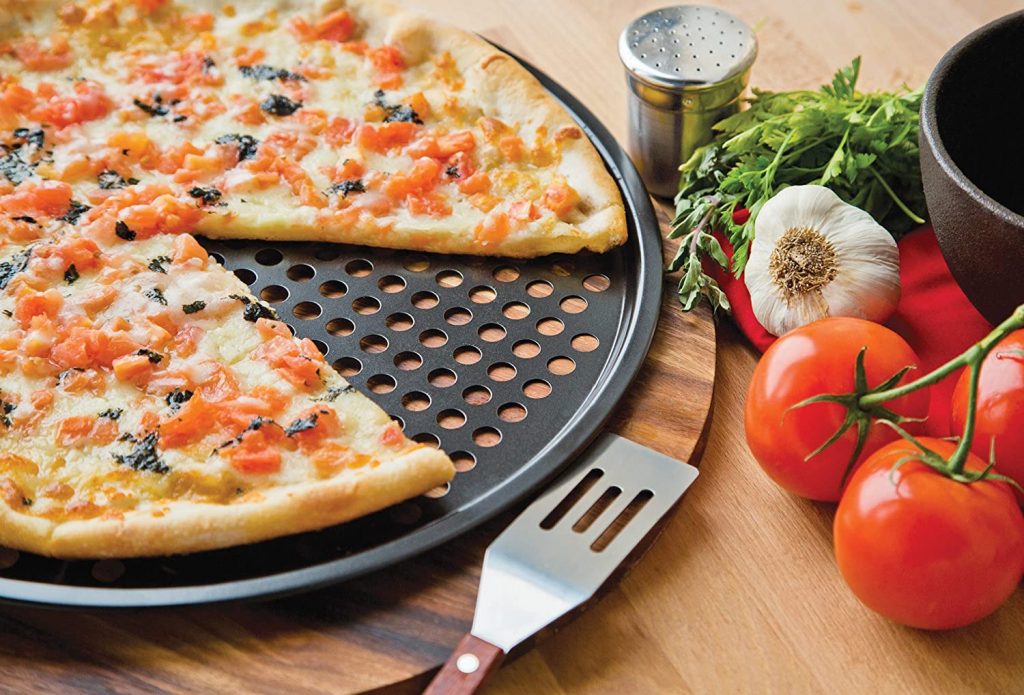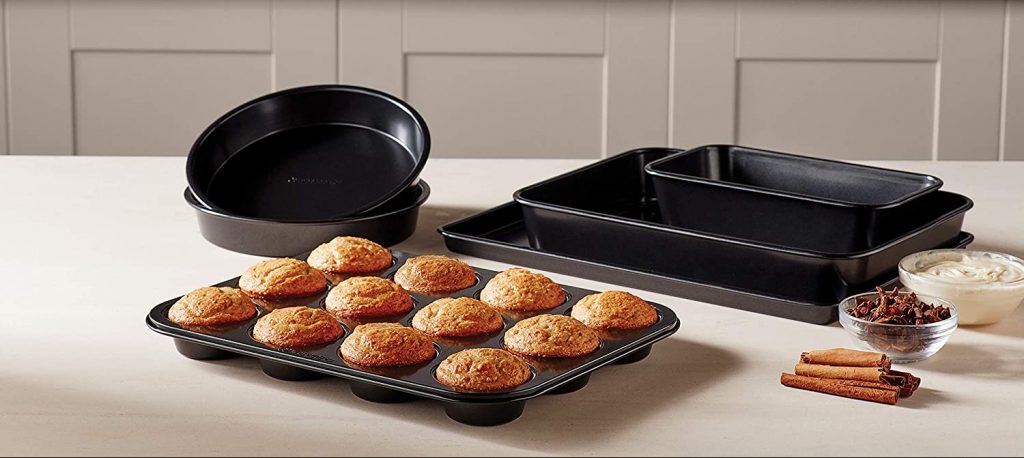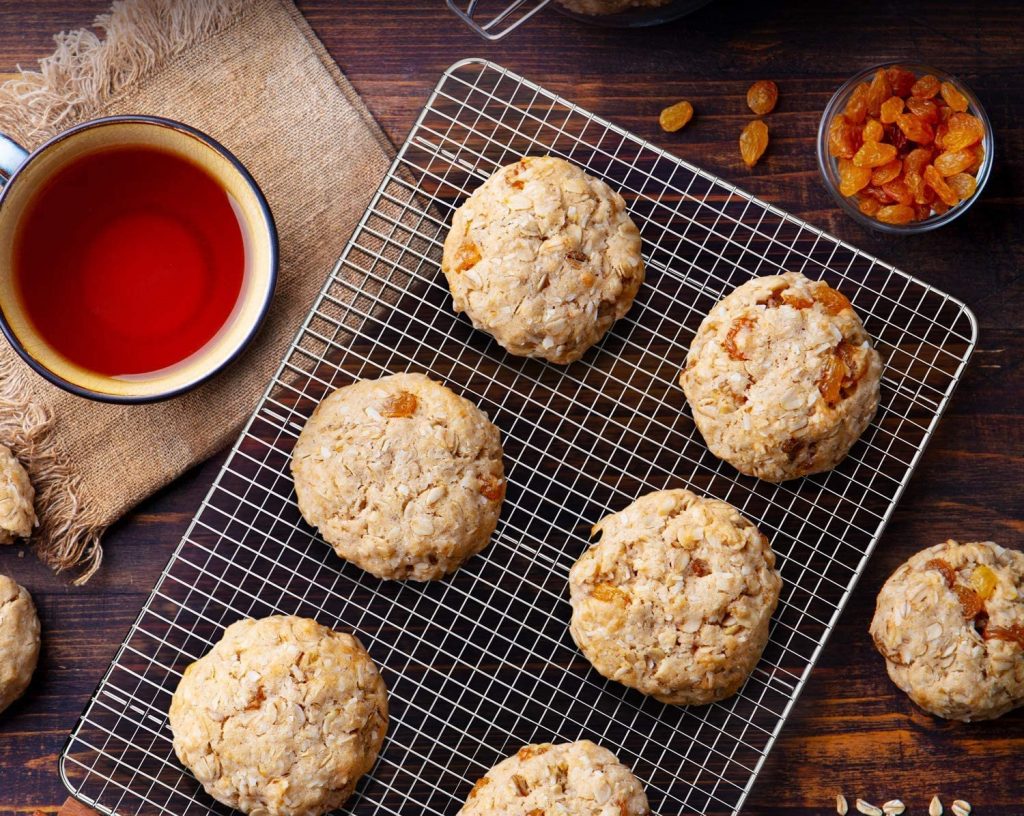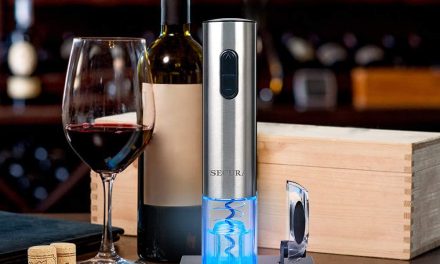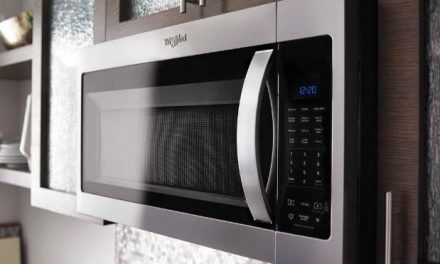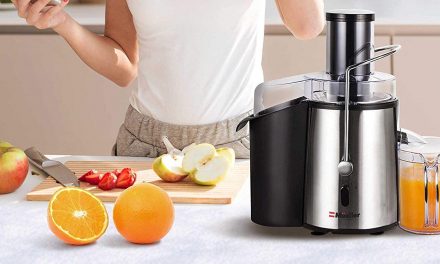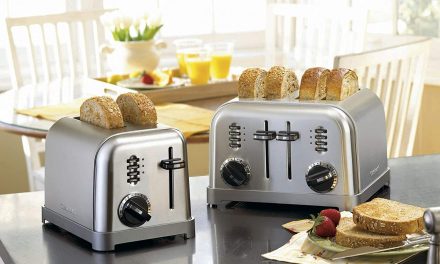Baking pans are a basic component of kitchenware. They can be used for everything from cookies to roasts to sorting beans and drying pasta. For sweet, savory, and anything in between, baking pans help you get the most out of your oven.
There are many kinds of baking pans available, in different styles and made of different materials. It can be overwhelming, and you might not know where to start. In this article, we’ll talk about the different types of baking pans and what each one is best for.
Table of Contents
Baking pan sizes
When looking for baking pans, you’ll often see pans referred to as ‘half sheet’. You might’ve wondered: Half sheet compared to what? This terminology comes from commercial kitchens, where a full sheet pan (18in. x 26in. or 45cm x 65 cm) is the standard. However, this size is too large for most domestic ovens.
Instead, home cooks and bakers prefer half sheet (18in. x 13in. or 45cm x 33 cm) which, as the name suggests, are half the size.
Quarter sheet pans (9in. x 13in. or 23cm x 33cm) are, then, half the size of half sheet pans. 9 inch by 13 inch is a standard size outside of the world of baking sheets, as well, and is the most common size for sheet cakes.
It’s important to keep in mind that even though quarter sheet pans are half the size of half sheet pans, one won’t necessarily fit inside the other for storage. The design of the rims is usually what determines easy stackability.
The differences between baking sheets, cookie sheets, jelly roll pans, and roasting pans
Baking sheets have a shallow rim (~1in/2.5cm) that allows some amount of liquid in the pan without spilling. They often come in standard sizes (full, half, quarter) that fit cooling racks. Baking sheets are great for sweet and savory foods alike, and, with additions like racks and mats, they allow you to prepare a wide variety of foods.
Jelly roll pans are basically baking sheets, but they don’t fit into standard baking sheet sizing. They’re usually somewhere between a half and a quarter sheet, or about 10 inches by 15 inches (25cm x 38cm). Since jelly roll pans are designed to bake sheet cakes, however, you can be sure the rim is at least one inch (2.5cm) high. Some baking sheets may be too short to use as a jelly roll pan.
Cookie sheets are often called baking sheets, but there is a difference. At least one side of a cookie sheet doesn’t have a rim at all, making it much easier to slide cookies onto a wire cooling rack. But this also means wet foods can’t be baked on this type of pan. Cookie sheets may still have a short lip, but it’s not high enough to hold much liquid.
Roasting pans are similar to baking sheets, but they have higher sides. Even low-sided roasting pans have sides of 2-3 inches (5-7.5cm). They also tend to come with roasting racks and may have handles. Unlike baking sheets, these pans are primarily for savory applications, especially roasting meat. The handles make it easier to deal with large roasts while the rack can hold the roast up over the drippings. The high sides mean you can also use a roasting pan like a large casserole dish. Roasting pans come in a variety of sizes.
Types of baking pans
Depending on what you want to do with your baking pan, certain styles and materials may be preferable. We’ll take a look at the most common kinds of baking sheets below.
Aluminum baking sheets
With aluminum pans available in a variety of styles, sizes, and gauges (thicknesses) for whatever you need, it’s easy to see why they’re so popular. But are they actually good?
Most aluminum baking sheets are made from several different aluminum alloys to provide the best balance of strength and heat conduction. All of them are fairly lightweight and easy to handle. But neither aluminum nor aluminum alloys are very durable. They’re prone to pitting, scratching, and warping, especially with thinner sheets. Aluminum also tends to react with acidic and caustic foods, causing it to stain. Occasionally this will leave a metallic taste in your food.
Because of this, many aluminum pans, including baking sheets, have more durable coatings. Some aluminum pans are coated in a thin layer of stainless steel, while others are anodized. Anodizing involves electrically applying a thin coating of a more durable, scratch resistant, and nonreactive material. However, even coated aluminum sheet pans don’t do well in the dishwasher or with harsher cleaning methods, so they may be more frustrating to clean.
Aluminum heats up more quickly than steel, and it cools down just as fast. This means you can usually leave your baked goods on the baking sheet after you pull it out of the oven without worrying about it overcooking. But this does have some downsides.
Many ovens don’t actually stay at the temperature you set them at. Instead, the oven will cycle on and off, maintaining a temperature range close to where you set it. Since aluminum heats and cools quickly, an aluminum sheet pan’s temperature will fluctuate some according to these oven cycles, which may be a problem with some baked goods.
Pros:
- Affordable
- Available in a variety of styles
- Lightweight and easy to handle
- Even heat distribution means even cooking
- Cools down quickly out of the oven
- Anodized and stainless steel coated aluminum are nonreactive
Cons:
- Might not hold up to dishwashers
- Unanodized aluminum can be stained by acidic foods
- Can be scratched fairly easily
- May warp
Price range: $10-$25, with many aluminum pans sold in sets of two
Stainless steel baking sheets
Stainless steel baking sheets are another great option. They’re dishwasher safe, unlikely to warp unless they’re very thin, and, as the name suggests, not very likely to stain. Stainless steel is also nonreactive, so you don’t have to worry about acidic or caustic foods and cleaning products. However, they do tend to be heavier than other kinds of sheet pans, which may be an issue for larger sizes.
Stainless steel baking sheets are preferred by many professional chefs for their durability. Steel conducts heat slower than aluminum, meaning that these pans take longer to heat up and cool down. This might be a problem if you leave baked goods on the baking sheet after pulling it out of the oven, but it can also be an advantage for anything that requires consistent heat. This also gives you more control over exactly what temperature your baking sheet is.
Pros:
- Affordable
- Holds heat well
- Nonreactive
- Durable and dishwasher safe
- Less likely to warp
- Less likely to stain
Cons:
- Heavy, so may be unwieldy
- Takes longer to heat up in the oven
- Takes longer to cool down out of the oven
Price range: $15-$25, with many stainless steel pans sold in sets of two or three
Nonstick baking sheets (ceramic and PTFE coatings)
Nonstick baking sheets are a great option if you’re looking for something that’s easy to use and easy to clean. They don’t require silicone mats or parchment paper, and less (or no) oil is needed to keep stickier things from sticking to the pan. This does make them easier to clean, but the nonstick coating also makes the surface of these baking sheets less durable. Avoid metal utensils, and choose gentler cleaning methods. These pans often claim to be dishwasher safe, but as with all nonstick coatings, they’ll last much longer if you hand wash.
Nonstick baking sheets aren’t a great option if you want to use the broiler. The temperatures broilers can reach may be dangerous for the nonstick coating, so their use isn’t suggested. Especially hot ovens may also be a problem, but if you’re mostly making cookies this isn’t likely to be a problem. It maybe an issue, though, that nonstick coatings can make cookies spread out more on the baking sheet while they bake. Nonstick baking sheets may be made of steel or aluminum, so make sure to check the composition of the pan to find out how well it will hold heat.
Most Teflon/PTFE coatings are dark in color, causing the pan to absorb heat from the oven more quickly. This can help with browning (and may bake things faster), but if you’re not careful, the bottom of your baked goods might burn. Some nonstick baking sheets instead have a ‘ceramic’ nonstick coating, which is actually made mostly of silicon. These can be a variety of colors, so keep in mind that, depending on the shade, you may get different results.
Pros:
- Very affordable
- Can be easier to clean
- Don’t usually require a silicone mat or parchment paper
- Require less/no oil to keep things from sticking
Cons:
- Not broiler safe and can’t be used in very hot ovens (+450°F/230°C)
- Don’t hold up well to dishwashers
- Dark colored nonstick coatings may burn the bottom of what you’re baking
Can be scratched very easily
Price range: $10-$15, with most nonstick pans sold in a set and with ceramic coatings being more expensive
Glass bakeware
Glass is a great option for all kinds of bakeware, though you’re more likely to find glass pans than glass baking sheets, especially in the US. Glass is dishwasher and microwave safe, nonreactive, and, when properly treated, relatively shock and heat resistant. Glass is also relatively scratch resistant.
Glass conducts heat even slower than steel, and glass pans tend to be thicker than most metal pans, meaning these pans take a very long time to heat up and to cool down. This can cause food to cook unevenly, especially if the pan is placed into a cold oven. Because glass is transparent, food cooked in a glass pan browns even less than in a pale-colored pan. But this also means glass pans can actually cook food faster than metal pans, especially with longer cooking times where early unevenness isn’t as important.
There are two main types of glass used in bakeware, soda-lime glass and borosilicate glass. Soda-lime glass is widely used to make cups, glasses, and other kitchenware. For bakeware, though, soda-lime glass needs to be tempered to be oven safe, a process that involves careful heating and cooling. This process not only makes the glass shock and heat resistant, it also means that if your bakeware does break, it’ll break into smaller, less jagged pieces.
Borosilicate glass is designed to be more resistant to thermal shock than soda-lime glass, and is often used in higher-end glassware due to its greater cost. In fact, two of the biggest US-based glassware companies, Pyrex and Anchor Hocking, used to make most of their products out of borosilicate glass, though nowadays Pyrex only manufactures borosilicate for the European market. Borosilicate glass can’t be tempered, but it can be annealed, which is a similar process that makes the glass more durable. When borosilicate glass does shatter, though, it tends to break into large, sharp pieces.
Because of these mechanical considerations, some types of glass bakeware may be hard to find. Glass is not often made into baking sheets, cookie sheets, or jelly roll pans, though glass pie pans are widely available. Glass roasting and baking dishes are also common and can be used for everything from roasts to casseroles to cakes.
Pros:
- Holds heat well
- Microwave safe
- Dishwasher safe
- Nonreactive
- Somewhat scratch resistant
Cons:
- Can be fragile
- Can be dangerous if it breaks
- Not good for browning
- Heat may be uneven
- Some styles of baking sheet may be hard to find
Price range: $30-$80 for most bakeware sets, with individual, larger baking pans retailing for around $15-$30
Black steel baking sheets
Black steel baking sheets are made of carbon steel and are, as the name suggests, dark in color. Sometimes referred to as French baking sheets, these pans are great for even browning and are especially effective for more delicate baked goods like pastries.
Like stainless steel baking sheets, black steel baking sheets hold heat well and don’t heat (or cool) quickly. Unlike stainless steel, however, black steel sheets rust easily and must be seasoned regularly, like cast iron, to prevent corrosion.
Similar to darker nonstick surfaces, the dark color of black steel baking sheets means the bottoms of baked goods will brown quickly, leaving you with especially crispy cookies and pastries. It can be a great option if you like the bottom of your pizza crust crispy. Of course, this swift browning also means carbon steel pans are more likely to lead to burned food if you’re not careful.
Black steel baking sheets are less common than aluminum, stainless steel, or nonstick baking sheets and can be pricier and harder to find. Many are also designed for the European market, meaning sizing may be different and that US market cooling racks and silicone mats may not fit well.
Pros:
- Holds heat well
- May bake some things faster
- Great for even browning
- Excellent for pastries
Cons:
- May rust, so you have to keep them dry
- Have to be seasoned regularly
- Dark color may burn the bottom of what you’re baking
- Tend to be pricier and harder to find than other styles
- May not fit standard sized cooling racks and silicone mats
Price range: $20-$40
Insulated baking sheets
Insulated baking sheets have a thin layer of air sandwiched between two layers of metal, usually aluminum, though some stainless steel options are available. They work a lot like double-walled, insulated water bottles, except the goal is less to keep heat in or out and more to keep it even. These baking sheets will heat up even slower than steel pans and will hold that steady heat longer. This makes them great for more delicate baked goods, like meringues, and anything that cooks best at a low and even temperature.
Taking a long time to heat up does mean you may have to adjust the cooking time on your recipes, however, and these baking sheets aren’t great at browning. Insulated baking sheets are also less common and come in fewer styles and sizes.
Pros:
- Heats extremely evenly
- Is very unlikely to burn your baked goods
- Good for delicate cookies
Cons:
- Not especially good at browning
- Takes longer to bake most things
- Generally only come as rimless cookie sheets
Price range: $10-$15 for individual insulated baking sheets
What to look for in a baking sheet
There are a few things to pay attention to when considering bakeware:
- Material affects a lot. Aluminum heats up more quickly, while steel holds heat better. Which is best for you depends on what you want out of your baking sheet.
- Color might be more important than you’d expect. Darker pans absorb heat faster, meaning that any part of your food touching the pan will brown faster. But food will also cook faster, and some foods might be crispier. When baking on dark pans, lower the temperature by 25°F (~8°C) and/or decrease the cooking time by 25% until you find out just how fast your particular pan bakes.
- Gauge is an important factor. Higher gauges (thinner pans) are cheaper, but also more likely to warp, while lower gauges are more durable but tend to be more expensive.
- The rim of your baking sheet is especially important. Some baking sheets have reinforced rims to make them more durable. Make sure the rim on your baking sheet is high enough for your needs.
Are bakeware sets a good deal?
Many companies not only have a line of bakeware, they offer bakeware sets designed to be comprehensive for most tasks. These sets can include baking pans, cookie sheets, brownie pans, cake pans, loaf pans, muffin tins, and more. These sets range significantly in price and number of items. But are they worth it?
If you already have some bakeware, probably not. In general, bakeware should be chosen according to function, meaning you may not always want the same material for different tasks. Some foods you want crispier than others, or to cool faster than others. And while the aesthetics of a bakeware set can be pleasing to the eye, well-used bakeware is likely to become discolored over time. Your matching set may not match as well after a couple of years.
However, if you don’t have a lot of bakeware items, these sets can be a great way to stock up without paying nearly as much as you would if you bought each item separately. In addition, if your storage space is minimal, some sets will be stackable, taking up less room. And if you want to be sure accessories like wire racks and lids fit well, buying a set is a good way to avoid sizing hassles.
Get the most out of your bakeware
A baking sheet on its own has many uses, but you can make an already useful tool even more versatile with the right accessories.
Wire cooling racks are a great addition to your kitchen. Large roasting racks can give you the perfect pot roast, and cooling racks that fit into baking sheets allow you to cool a variety of foods and bake more evenly. You can even use cooling racks to get the perfect layer of icing or chocolate! The best cooling racks have a cross wire pattern, are stable enough to not shift around, and fit well into the baking sheet they’ll be used with.
Silicone baking mats can be even more useful. Line baking sheets with silicone mats to make cleanup a breeze. And they’re nonstick, so you can get all the benefits of aluminum or steel pans without the hassle. The best silicone baking mats are dishwasher safe and fit perfectly in a standard sized baking sheet.
Of course, you don’t need silicone mats. Parchment paper and aluminum foil also work to keep your pans cleaner. But a silicone mat is reusable, meaning less waste and it’s cheaper in the long run. Additionally, while you can line a baking sheet with aluminum foil, the conductive properties of aluminum tend to contribute to uneven baking. Best of all, you don’t have to worry about cutting parchment paper and foil. Once you’ve cut your silicone mat down to size (or purchased one that already fits in your baking sheet) you’re good to go.
When to use liners or papers
Lining baking sheets is generally a good idea. They make cleanup easier and keep food from sticking to the pan. If your baking sheet isn’t nonstick, you’ll need liners if you don’t want to grease the pan. Liners are especially helpful for delicate cookies and pastries. If you’re concerned about waste, consider using reusable silicone mats instead of single-use parchment paper or foil.
But sometimes you won’t want to use liners. Some pans, especially ones made of steel, benefit from the seasoning that oil brings. Most importantly, if browning is the goal, eschew the liners. You need direct contact with the pan to get the best color.
Don’t fret if your baking sheet discolors
There are a number of ways to keep your baking sheets from getting discolored in the first place (and your baked goods easier to remove), including parchment paper, aluminum foil, and silicone mats. But if your baking sheet does get stained, don’t worry! Grease and food stains won’t usually affect the quality of the sheet. In fact, they might help your baking sheet brown better.
But if you’re dealing with rust, concerned about uneven baking, or just want baking sheets that aren’t discolored, there are several ways to get most stains out of your baking sheets. Just make sure to clean it right away if possible and remember to be careful when you scrub if your baking sheet has a nonstick coating.
Baking sheets made in the USA
Looking to buy American?
- Americraft Cookware, based in West Bend, Wisconsin, manufactures a wide variety of kitchenware. One of their brands, <em<360 Cookware specializes in stainless steel sheet pans and cookie sheets. Owned and operated by the Hurley family, Americraft was founded in 2004.
- Made In was founded in 2016 by Jake Kalick and Chip Malt to try to bring professional quality cookware to home kitchens. Offering everything from cookware and bakeware to knives and tableware, Made In manufactures most of their products in the US, though a few are made in France and Italy.
- Nordic Ware was founded in 1946 by Henry David Dalquist. Besides introducing the world to the Bundt pan, they produce a wide variety of kitchenware and bakeware, including high quality baking sheets, cookie sheets, and wire cooling racks. Most of their home goods are manufactured in Minneapolis, Minnesota.
- Regal Ware was founded in Wisconsin in 1911. Under its subsidiary brand American Kitchen Cookware, it manufactures a variety of kitchenware and bakeware in a variety of ceramic nonstick and stainless steel cookware sets. Their manufacturing facility is in West Bend, Wisconsin.
- Sur La Table was founded in 1972, with its first retail location in Pike’s Place Market in Seattle, Washington. Though it’s gone through a few owners since then, most of their cookware products are manufactured in the US.
- USA Pan was founded in 1959 by the Bundy brothers. While they initially produced bakeware mostly for commercial bakeries, their domestic brand, introduced in 2009, includes a variety of baking sheets, wire racks, and more. Their headquarters is located in Glenwillard, Pennsylvania,
Which bakeware is best?
Still not sure where to start? We’ve got you covered.
- Unless you’re really keen on a particular bakeware set, skip the sets and purchase Nordic Ware’s natural aluminum half sheet baking pan. It’s solidly built, unlikely to warp, reasonably priced, and made in the US.
- If you’re looking to really stock up, Calphalon’s nonstick bakeware set is very comprehensive and it comes with a lid for the 9×13-inch pans.
- Consider also buying Libertyware’s half sheet cooling rack. It fits well into the Nordic Ware baking pan. And a Demarle silpat silicone baking mat, which fits perfectly into standard-sized half sheets, will make cleanup a breeze.

